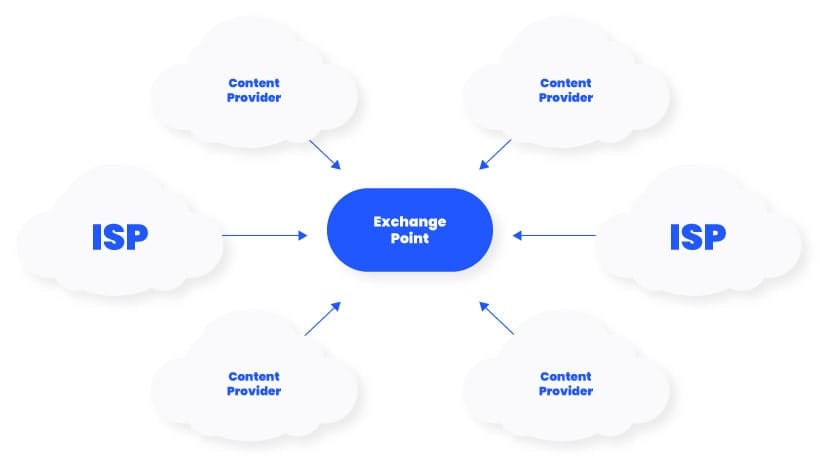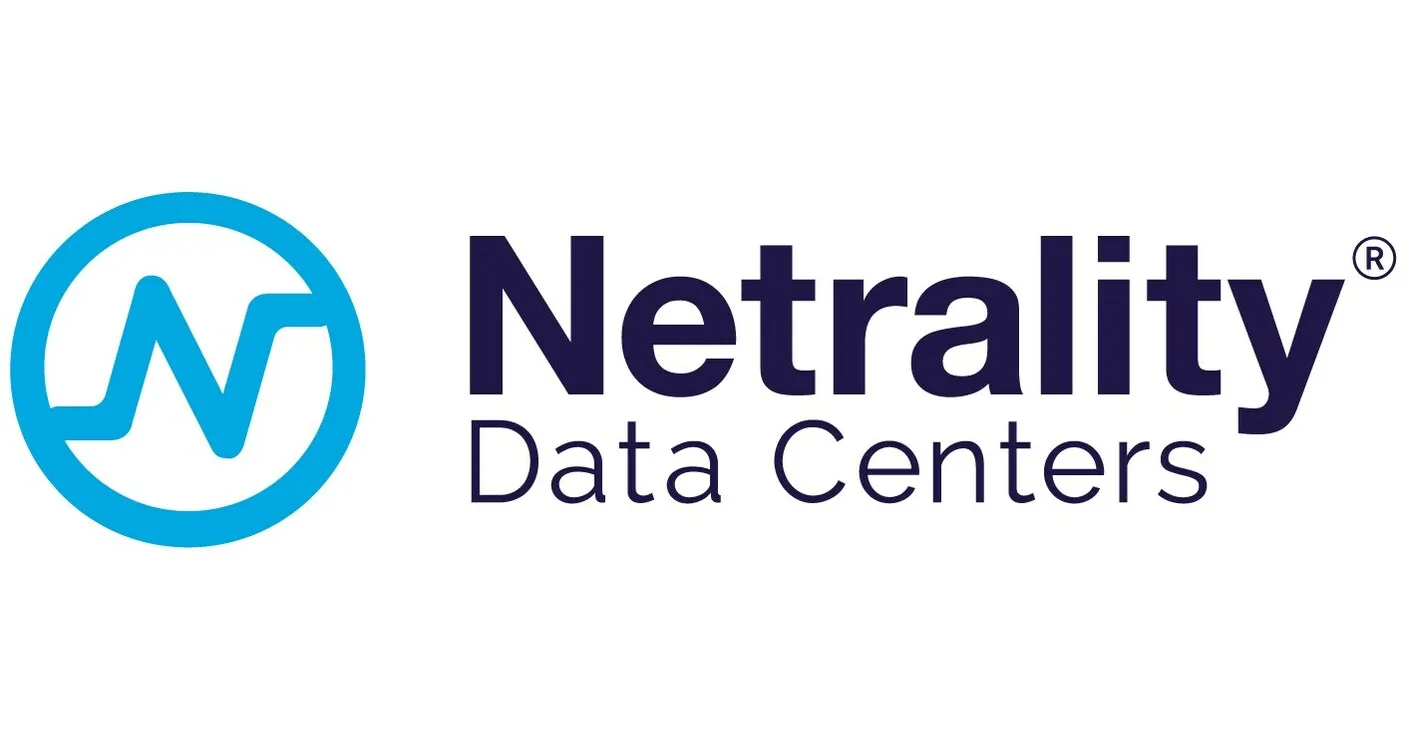
Internet exchange made simple.
FD-IX is a modern solution to peering and connectivity. We provide interconnection in 31 datacenters across the United States.
SOLUTIONS & NETWORK PARTNERSHIPS
Our strategic alliances with industry leaders; delivering enhanced connectivity, performance, and global reach for our members.
LATEST NEWS & UPDATES
Stay informed about our network developments and industry insights.

How to Run a Speed Test with Ookla’s CLI on the FD-IX Public Server
If you want a fast and straightforward way to test performance to FD-IX, Ookla’s Speedtest CLI is a simple tool you can use anywhere you have terminal access. FD-IX has a public Ookla test server that lets ISPs, MSPs, and engineers measure actual throughput and latency across the exchange. You can use it to check your routing, look for congestion, and make sure your path into the IX is local. You can run the test from Linux, macOS, Windows PowerShell, routers with shell access, or even small la

MSPs can benefit from FD-IX
Joining an Internet Exchange like FD-IX can give MSPs a real advantage, even if it’s not always obvious.

How Joining FD-IX Gives ISPs a Real Competitive Edge
Internet service providers compete primarily on speed, price, and reliability. While these factors are important, they represent only the baseline. Providers that achieve sustained success differentiate themselves through superior network paths, reduced latency, and more direct access to the content most frequently used by their customers.FD-IX offers internet service providers a significant competitive advantage in these areas. Lower Latency That Customers Actually Notice Latency significant
Ready to exchange traffic?
Join dozens of networks and reduce your transit costs today.






